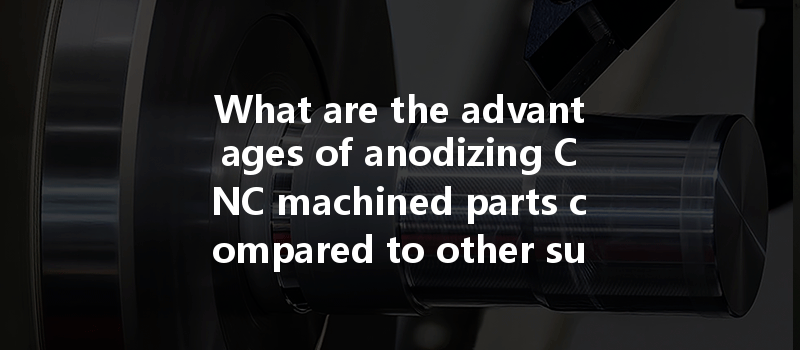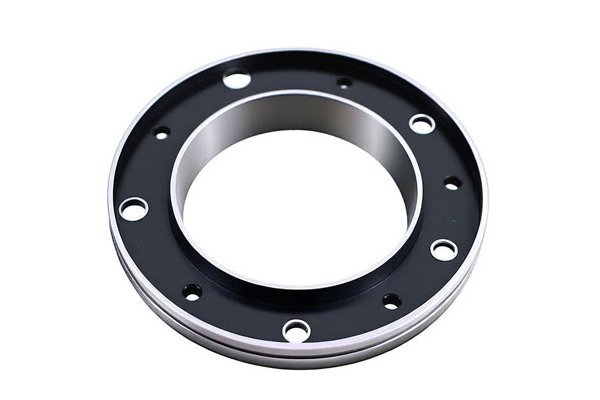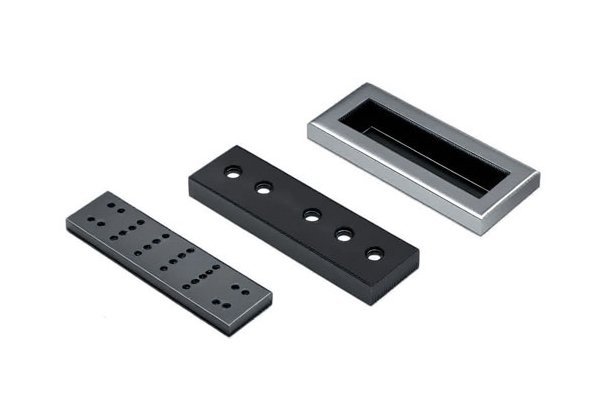Did you know that approximately 80% of the world’s most advanced manufacturing processes involve some form of surface treatment to enhance the durability and aesthetic of components? As technology advances, manufacturers are always on the lookout for methods that not only improve product longevity but also provide cost-effective solutions. One such treatment that has gained immense popularity in recent years is anodizing. But what exactly makes anodizing a standout choice among the myriad of surface treatments available today? In this blog, we’ll dive deep into the advantages of anodizing CNC machined parts compared to other common surface treatments, exploring the core techniques, benefits, and applications that make anodizing an essential process in modern manufacturing.
Understanding CNC Machining and Surface Treatments
Before delving into the merits of anodizing, it’s crucial to understand the context of CNC machining and the role of surface treatments. CNC (Computer Numerical Control) machining is a subtractive manufacturing process that uses computers to control machine tools, allowing for precision cutting, shaping, and milling of materials. It’s widely used for producing intricate parts that need to meet strict specifications, particularly in sectors like aerospace, automotive, and electronics.
However, once parts are machined, they often require surface treatments to protect against wear, corrosion, and damage. This is where various surface treatment methods come into play, including:
Each method has its unique set of benefits and drawbacks, but anodizing has emerged as a frontrunner in various applications. Let’s analyze why.
What is Anodizing?
Anodizing is an electrochemical process that converts a metal surface into a decorative, durable, corrosion-resistant, anodic oxide finish. This is achieved by immersing the CNC machined parts in an electrolytic solution and applying an electric current, which causes the metal to oxidize. The result is a layer of oxide that is generally thicker and harder than that found in the naturally occurring oxide layer, offering improved protective qualities.
The Anodizing Process
The anodizing process typically involves the following steps:
Advantages of Anodizing Compared to Other Surface Treatments
Now that we have a fundamental understanding of anodizing, let’s break down its significant advantages compared to other surface treatments.
One of the primary concerns in many industries is corrosion. Anodized aluminum exhibits superior resistance to corrosion when compared to untreated aluminum or other surface treatments like powder coating. The anodic layer created during the anodizing process is non-reactive, preventing the underlying metal from coming in direct contact with corrosive elements. This is particularly advantageous in aerospace and marine applications, where components are often exposed to harsh environments.
Anodizing significantly increases the hardness of aluminum parts. The anodic layer is much harder than the raw aluminum, improving wear resistance and prolonging the life of the component. In fact, anodizing can improve surface hardness by up to 250%, making it an excellent choice for products that face high-friction environments.
Unlike other surface treatments that may alter the appearance of parts significantly, anodizing provides a vibrant finish that can enhance the visual quality of CNC machined parts. The process allows for color customization through dyeing, leading to attractive finishes that can also serve branding purposes.
Anodizing is considered an environmentally friendly surface treatment option. The anodizing process doesn’t involve harmful chemicals, unlike some forms of plating, and the anodized layer is chemically stable. Additionally, it is often more sustainable because anodized surfaces have a longer lifespan, reducing waste.

Anodized surfaces provide excellent adhesion for subsequent treatment processes, such as painting or bonding. The porous nature of the anodic layer allows other coatings to bond effectively without peeling or flaking, which is particularly important for components that require multiple treatments.
Unlike processes such as electroplating, which can release toxic substances, anodizing is much safer for operators and the environment. It generates no harmful waste, making it a preferred choice in industries aiming for sustainability.
The anodized layer functions as an excellent electrical insulator. This is crucial in electronics manufacturing, where parts must prevent electrical conduction. Anodizing also increases surface dielectric strength, making it suitable for various electronic applications.
Comparing Anodizing to Other Surface Treatments
While anodizing has numerous advantages, it is essential to compare it with other common surface treatments to demonstrate specific use cases.
Powder coating is known for its high aesthetic appeal but lacks the same level of scratch resistance as anodizing. Anodized coatings are typically thinner but much harder and more durable, making them suitable for high-wear applications. Conversely, powder coating provides a thicker layer and might be more effective at covering imperfections. For applications focused on appearance and where direct wear isn’t a concern, powder coating may excel.
Electroplating provides a layer of metal (e.g., nickel or chrome) on top of a substrate. However, electroplated coatings can be subject to peeling and corrosion over time. In contrast, anodizing creates an oxide layer that binds directly to the substrate, offering better corrosion resistance and durability, especially in demanding environments.
While painting is often a simpler and more cost-effective solution, it generally provides inferior surface protection and durability compared to anodizing. Painted surfaces can chip and peel over time, whereas anodized layers resist these issues and offer better wear protection.
Chromate conversion coatings primarily serve as a corrosion resistance treatment. Although it can improve aluminum corrosion resistance, it only provides modest protection compared to anodizing. Additionally, chromate conversion processes can involve toxic materials, whereas anodizing is much safer.
Applications of Anodized CNC Machined Parts
Given its numerous advantages, it’s no surprise that anodizing is widely utilized across various industries. Here are some notable applications:
Cost Considerations of Anodizing
While choosing anodizing, it’s important to consider the cost involved. The initial investment in anodizing can be higher than some other treatments, but it’s essential to evaluate the long-term benefits. The lifespan, reduced maintenance, and durability offered by anodizing can lead to a significant cost-saving over time.
Analyzing Return on Investment (ROI)
Manufacturers should perform an ROI analysis to weigh upfront costs against the longevity and reduced repairs associated with anodized parts. This evaluation can guide decision-making processes based on part lifecycle expectations.
Anodizing presents a multitude of advantages that make it an indispensable process for CNC machined parts across numerous applications. From enhanced corrosion resistance and increased durability to aesthetic enhancements and eco-friendliness, anodizing profoundly impacts manufacturing processes. As industries continue to evolve, the importance of selecting the right surface treatment cannot be understated. An informed choice can lead to impressive results in quality and performance, significantly impacting final products.
In summarizing this blog, we have seen that anodizing not only fortifies machinery and equipment against the elements but also elevates the visual quality of manufactured goods. The long-term benefits it offers, combined with its sustainability, make anodizing worth a thought for any manufacturer engaged in CNC machining.
As we move forward in this era of advanced technologies and sustainability, reflecting on the advantages of anodizing can provide meaningful insights for the manufacturing sector. The next time you consider surface treatment options, remember that anodizing may be the solution that meets your operational and aesthetic needs, ensuring you stay ahead in an increasingly competitive market.






